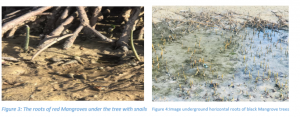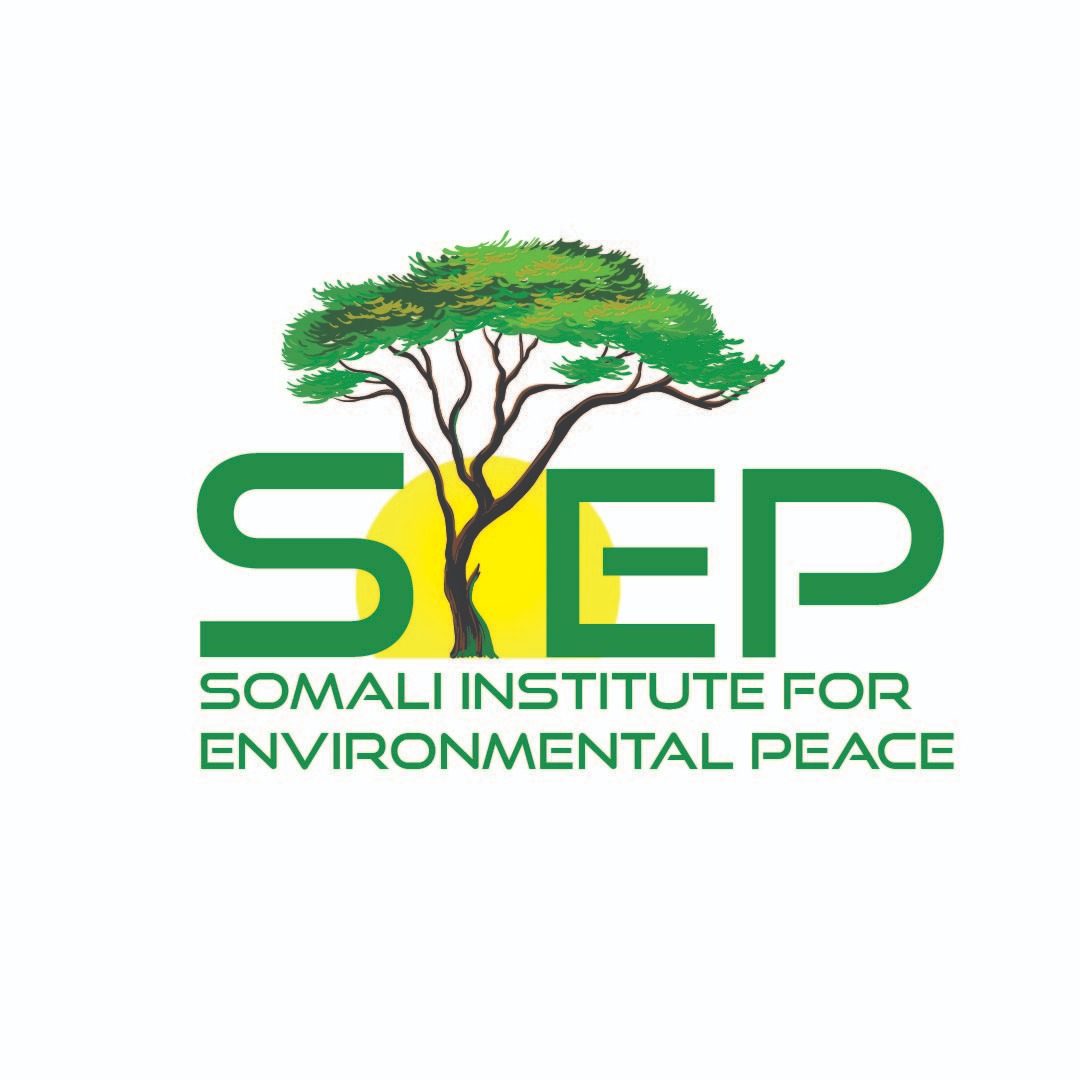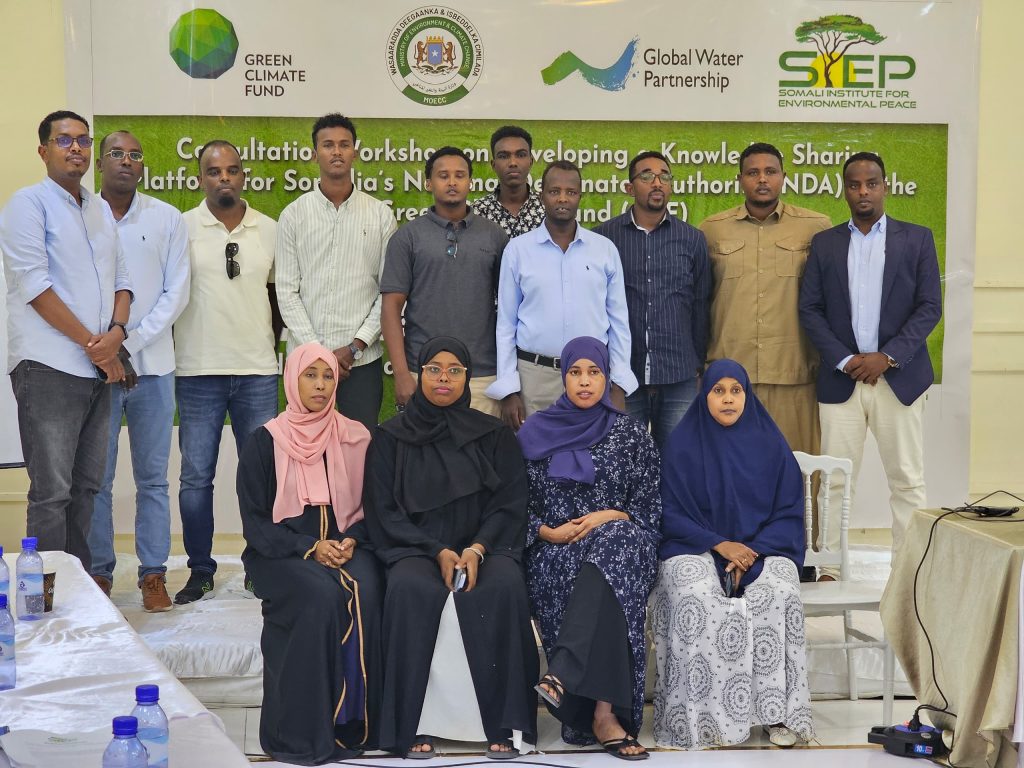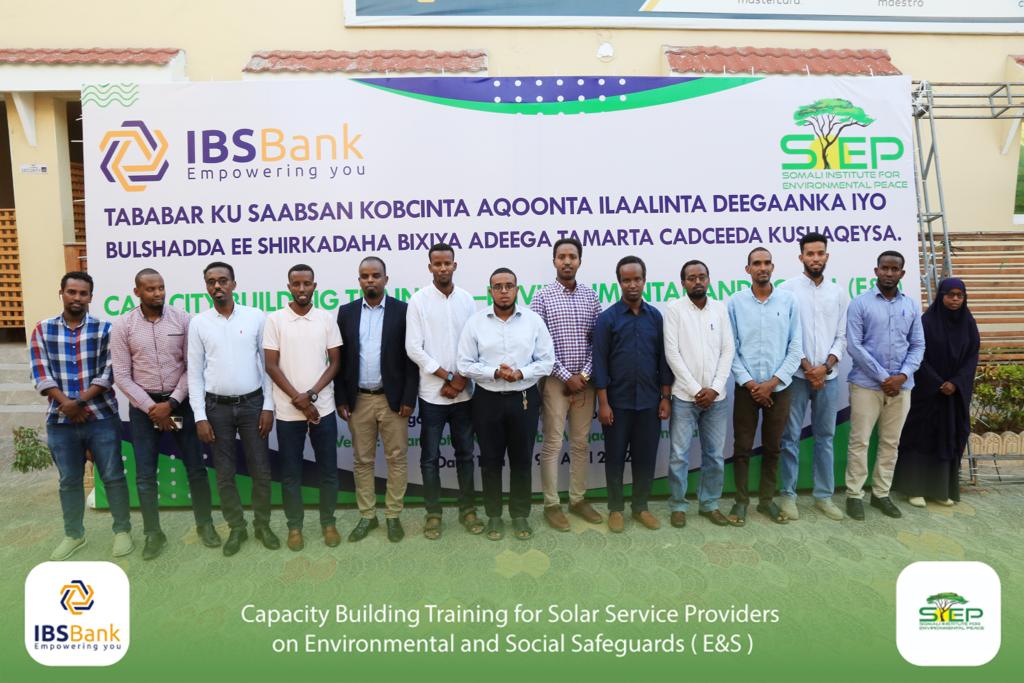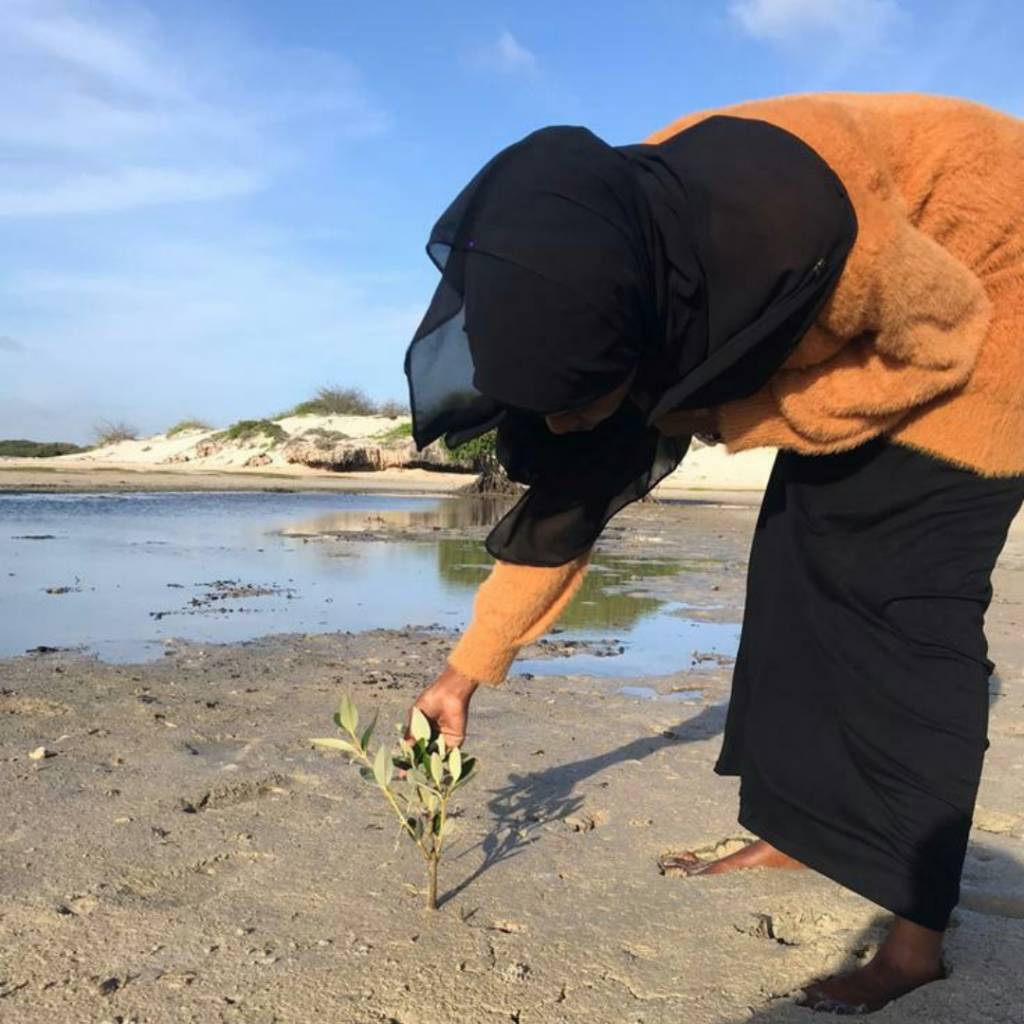
As I write this short article, my country, Somalia, remains to be one of the world’s poorest nations. The national capacity to manage environmental issues (climate change, marine biodiversity and wildlife) is minimal, and government priorities lie elsewhere, for instance, security, inclusive politics and responding to humanitarian crisis. My country’s coastline is more than 3,333 km in length, the longest of mainland Africa. It has been defined as being roughly shaped “like a tilted number seven” neighbouring with Indian ocean and Red sea.I was born and grew up in Somalia. I feel happy and proud when I hear my country has such coastlines and is endowed with natural resources such as varies types of fishes, turtles etc . On the contrary, I feel disappointed when I see the instability and the fact that my country is ranked among the poorest nations of the world. At a young age, I was interested to study issues related to Marine environment, Oceans and biodiversity. Luckily, with support of my family, I graduated with a Bachelor in Marine Science from City University in Mogadishu, Somalia. I always keen to interreact with people who have science background and endogenous communities in order to enhance my knowledge of my field of study. I wish I could pay a visit all the beaches of my country but I can’t because of security reasons and lack of/poor roads etc. Another greater opportunity I see is the talented young Somalis both women and Men. Around 70% of the country’s population is younger than 35 years. However, the young people spend most of their energy in discussing political matters. The objective of my article is to return the young people to focus on exploring, studying and conserving their natural resources. Secondly, it is to inform and raise awareness of the local communities on the important of protecting of their coastal ecosystems, where their livelihoods depend on. During my studies, I learned a tree called ‘Mangroves’ which I have never seen before. I did more reading and research on these trees; I discovered these mangrove trees are abundant in most of the coastline in Somalia.
To know about more it, on 25th August, 2020, I and two lecturers of mine travelled to visit Abay-Dhahan Beach. Abay-Dhahan is a coastal environment which is located in the south side of Mogadishu, approximately 17km from the capital city. We arrived at the beach at 3:00 pm in the afternoon. The aim of this field visit was to connect with beauty of the nature, observe the situation and challenges of mangrove trees in that village and at same time to know how many types of mangroves are there. It is well noted that, the mangrove trees are important for the protection of the shoreline from damaging storm, hurricane winds, waves, floods and prevent erosion with their tangled root systems. The population of the area is quite scattered. In the field trip we have seen intermittent mangrove trees, the situation of the mangroves in Abay-dhahan was not too bad, although they do not have any kind of caring, some of them are malnourished while some others have contracted diseases. Most of the trees are affected by the sea pollution, this is harmful for the small tree, biodiversity and Ecosystem services at large. We have seen two types of mangrove trees which are red and black mangroves, the leaves of red mangrove are dark green, the trunk and limbs have grey bark that covers a dark red wood, while the black mangrove leaves are green and it has underground horizontal roots. These two species are not too many in the area. This field trip was immensely beneficial, and I practically learned the how mangrove trees looks like. I learned about mangrove trees which now I can differentiate from other trees. The mangroves and its habitats are facing massive challenges, among others are: changing environment, high temperature, waves of the oceans and pollution from unknow sources.
Sure, I will visit this beautiful landscape beach many other times and encourage people to visit as well. Finally, I will not remain sitting idle and watch these damaged mangroves and their habitat. I will advocate for restoration program, create awareness among local communities about the importance of ecosystem restoration and health landscapes. Educate the communities, and reawakening the government authorities to take immediate restoration initiatives and develop mangroves trees community-based solutions, establish environmental protection force, set up a laboratory to quantify mangrove ecosystem services and to know the causes of mangrove diseases, and re-afforestation of mangrove plantation. Lastly but no least, I would like to thank my two lecturers who travelled with me to visit the beautiful landscape beach of Abay-Dhahan.
See these pictures below.
Ms Naima Ibrahim
Email: naimaibrahim023@Admin

